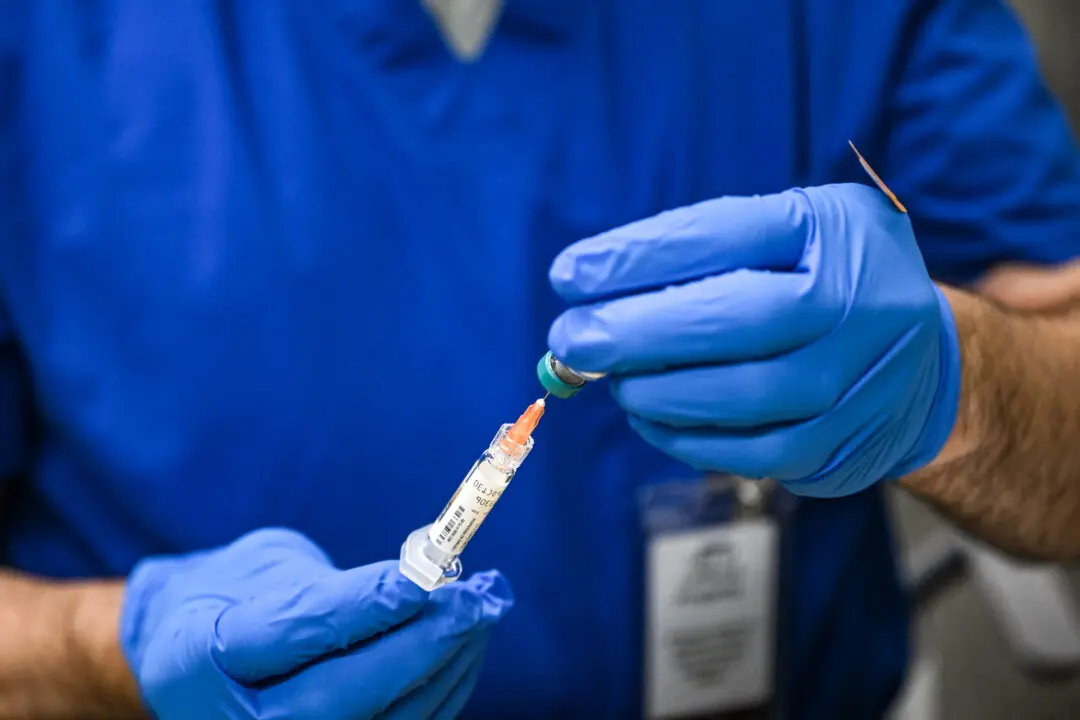People living in the areas hit by Hurricane Ida could be without power for weeks, a large utility provider said Tuesday.
Entergy, which delivers electricity to some 3 million customers in Arkansas, Louisiana, Mississippi, and Texas, said it restored power to 85,000 customers who were affected by the hurricane, which slammed into Louisiana on Sunday—plunging New Orleans into darkness—before moving into Mississippi.





